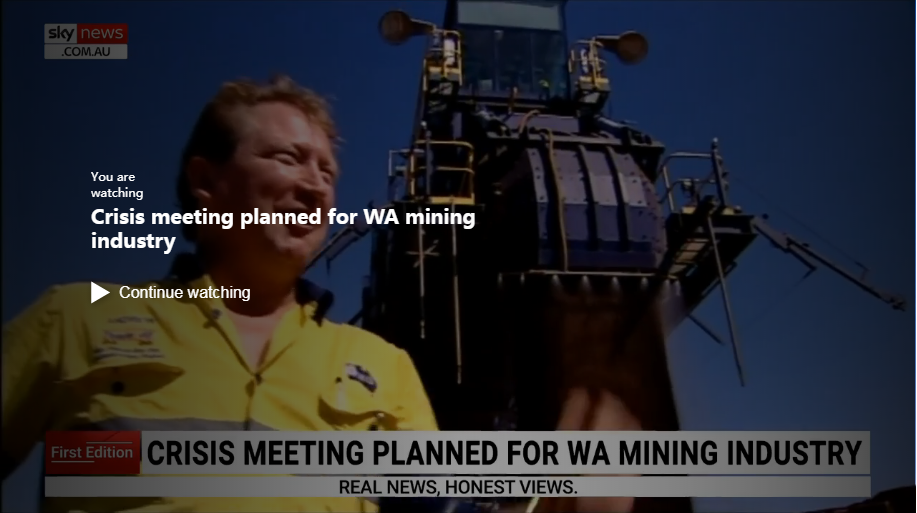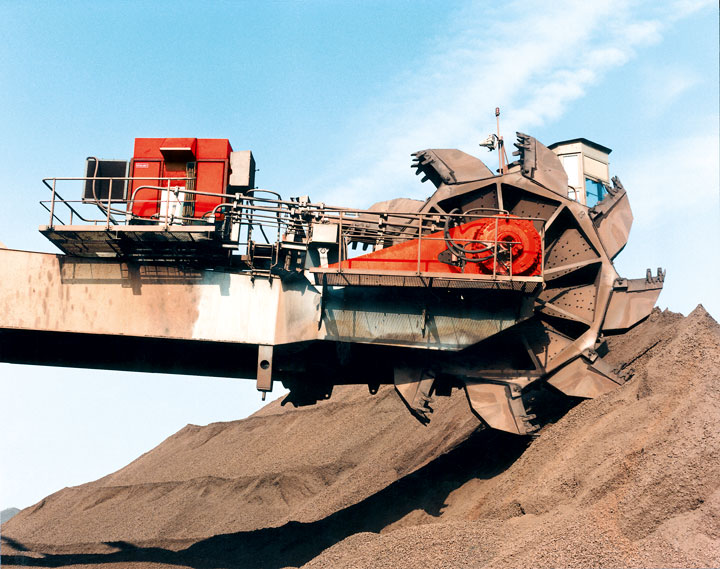Doubling The Critical Mineral Potential Of Saudi Arabia

In Saudi Arabia, a land endowed with rich natural resources, but especially renowned for its oil reserves, our ambition is to make our minerals industry the third pillar of the economy. That aim has come a step closer following the near doubling of our assessment of how much mineral wealth lies beneath the Kingdom in the Arabian Shield.
Five years ago, our journey to uncover the untapped mineral wealth in the Kingdom's began.
At that time, our mineral potential assessment promised $1.3 trillion of minerals such as copper, phosphate, gold and zinc awaiting exploration. However, we knew there were even more abundant resources waiting to be discovered – many of which are the minerals the world is counting on to deliver the cleaner energy technologies needed to meet the goals of the Paris Agreement.
We began this journey by comprehensively revamping our Mining Investment Law. No less than the U.S Department of Commerce has lauded for “[Facilitating] investor access to financing and supports exploration and geological survey activities.”
This has created an investor-friendly environment and transformed our Ministry of Industry and Mineral Resources into an investor-centric organization. The result was an extraordinary increase in the number of exploration and mining licenses we issued. Over the past three years, we have issued four times more licenses than in the six years prior, which reflects a newfound enthusiasm and confidence in our mining sector. Our commitment to exploration has also resulted in a significant surge in exploration expenditure, rising from 18.5 USD per km2 in 2019 to 48 USD per km2 by 2023.
We embarked on an ambitious expedition across the vast expanse of the Arabian Shield which spans over 700,000 Km2. Our regional geological survey has already covered an impressive 30% of the Arabian Shield, while we expanded our geochemistry program to cover 40% of this vital area, analysing more than 76 elements. In tandem with these efforts the National Geological database has reached more than 10 terabytes worth of critical data – an increase of 50% over the past three years, transforming it into an investor-friendly global repository of invaluable information about the Kingdom’s geology.
-
Doubling The Critical Mineral Potential Of Saudi Arabia
In Saudi Arabia, a land endowed with rich natural resources, but especially reno···
-
Wyoming awards $16m grant for coal-to-hydrogen and CCS project
Babcock & Wilcox (B&W) and Black Hills Energy have received a $16m grant···
-
AQC secures $60m for Dartbrook coal mine restart
Australian Pacific Coal (AQC) and its joint venture (JV) partner Tetra Resources···
-
Crisis meeting planned for WA mining industry
Resources Minister Madeleine King is expected to hold crisis talks with miners o···
Exhibition address:China International Exhibition Center (CIEC)
- Doubling The Critical Mineral Potential Of Saudi Arabia
- Wyoming awards $16m grant for coal-to-hydrogen and CCS project
- AQC secures $60m for Dartbrook coal mine restart
- Crisis meeting planned for WA mining industry
- Global inventory of world’s mines needed – researchers
- Alliance Resource (ARLP) to Bring Innovative Motor Technology





 The 19th China Mining Exhibition
The 19th China Mining Exhibition

